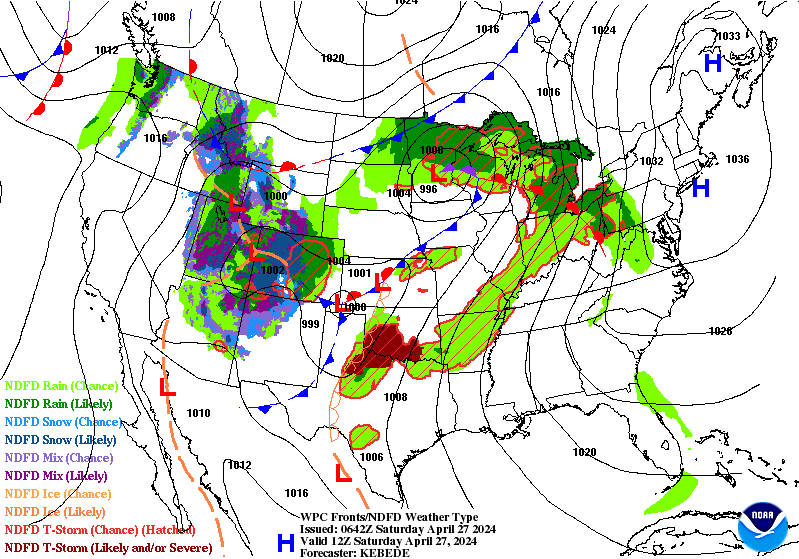NEW HAMPSHIRE FLOW REPORT
July 26 2024
Streamflow levels across
New Hampshire
are currently
106.0% of normal, with the
Connecticut River At North Walpole
reporting the highest discharge in the state with
7420cfs and gauge stage of 9.33 ft.
Meanwhile, the
Diamond River Near Wentworth Location
is seeing a spike in streamflows today after experiencing a
57.35%
increase since yesterday, and currently running at
321cfs.
Maximum gauge stage in the state was last observed at the
Ashuelot River Above The Branch, currently reporting a stage of
64.94ft.
The
Upper Ammonoosuc River Near Groveton
in the
Upper Connecticut
watershed
is surging for this time of year at
655cfs, about
155.78% of normal.
New Hampshire has a humid continental climate with cold winters and warm, humid summers. Major surface flows include the Connecticut River, which forms the western border of the state, and the Merrimack River, which flows through the central part of the state. The Pemigewasset, Saco, and Androscoggin Rivers are also significant. There are numerous reservoirs and dams in the state, including the Amoskeag Dam on the Merrimack River. Hydrology in New Hampshire is influenced by precipitation patterns, which vary widely across the state. Snowpack in the winter months is a major source of water for rivers and streams in the spring and summer. The state's many watersheds, including the Connecticut River watershed, play a critical role in determining flow conditions.
Flow Report
Streamgauges & River Levels
Overview
Weather Forecast

